Mastering Postman: A Comprehensive Guide to Its Functional Interface
This article provides a detailed walkthrough of the different components of Postman's interface.
Welcome to an insightful exploration of Postman's interface features, aimed at enlightening both budding and seasoned developers on how to effectively utilize this powerful tool.
As a cornerstone in the world of API development and testing, Postman not only simplifies your workflow but also enhances your productivity. This article provides a detailed walkthrough of the different components of Postman's interface. If you're new to Postman and need instructions on how to install it, please refer to this installation guide.
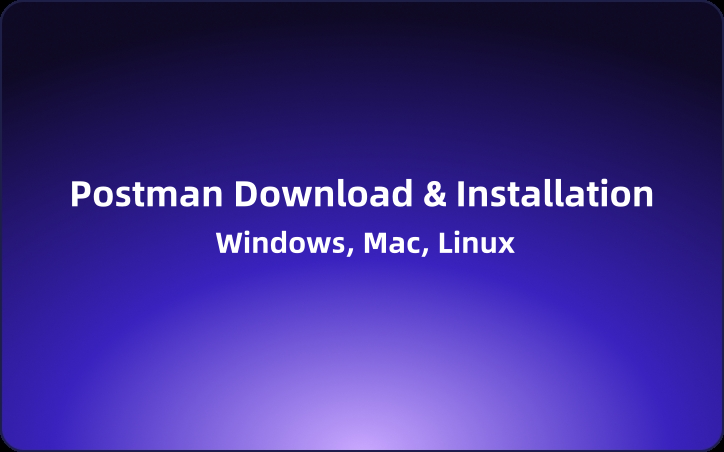
The Significance of Postman for Developers
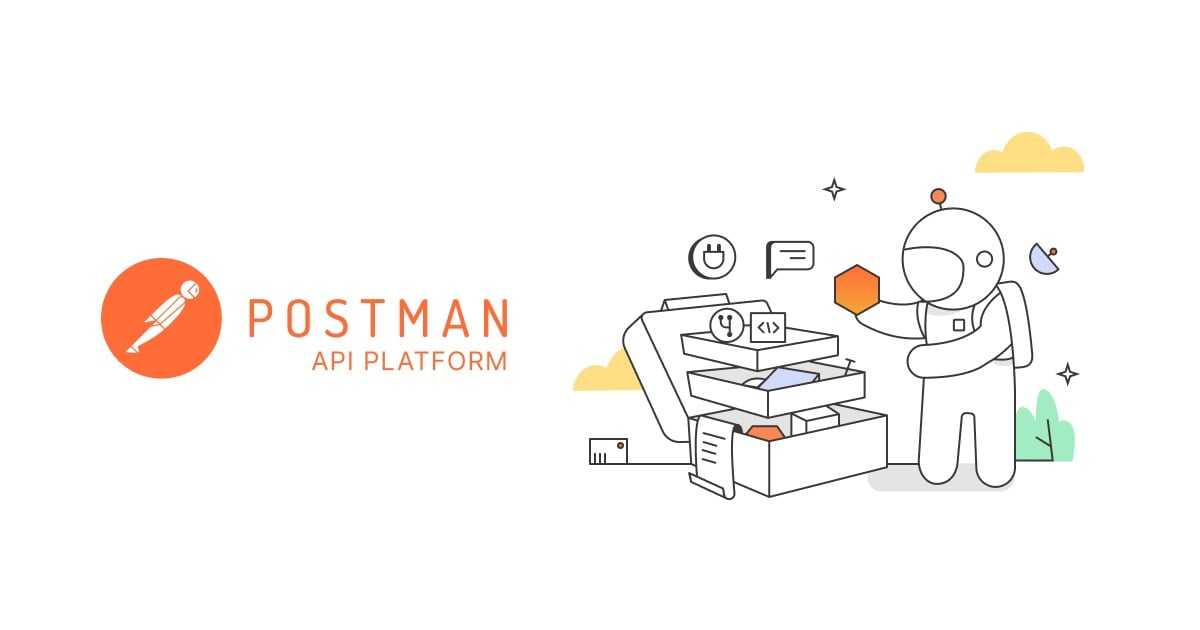
For developers diving into the increasingly API-driven landscape, Postman serves as an indispensable resource. It offers a comprehensive suite of tools designed to manage, test, and develop APIs more efficiently. The intuitive interface and extensive features make it easy for developers to maintain their APIs and ensure robust functionality.
Getting to Know the Home Page
Let's start with the basics: the Home page. Accessible from the top-left corner by clicking "Home," this section provides a fundamental introduction to Postman's capabilities. It's an excellent starting point for new users to get acquainted with what Postman has to offer.
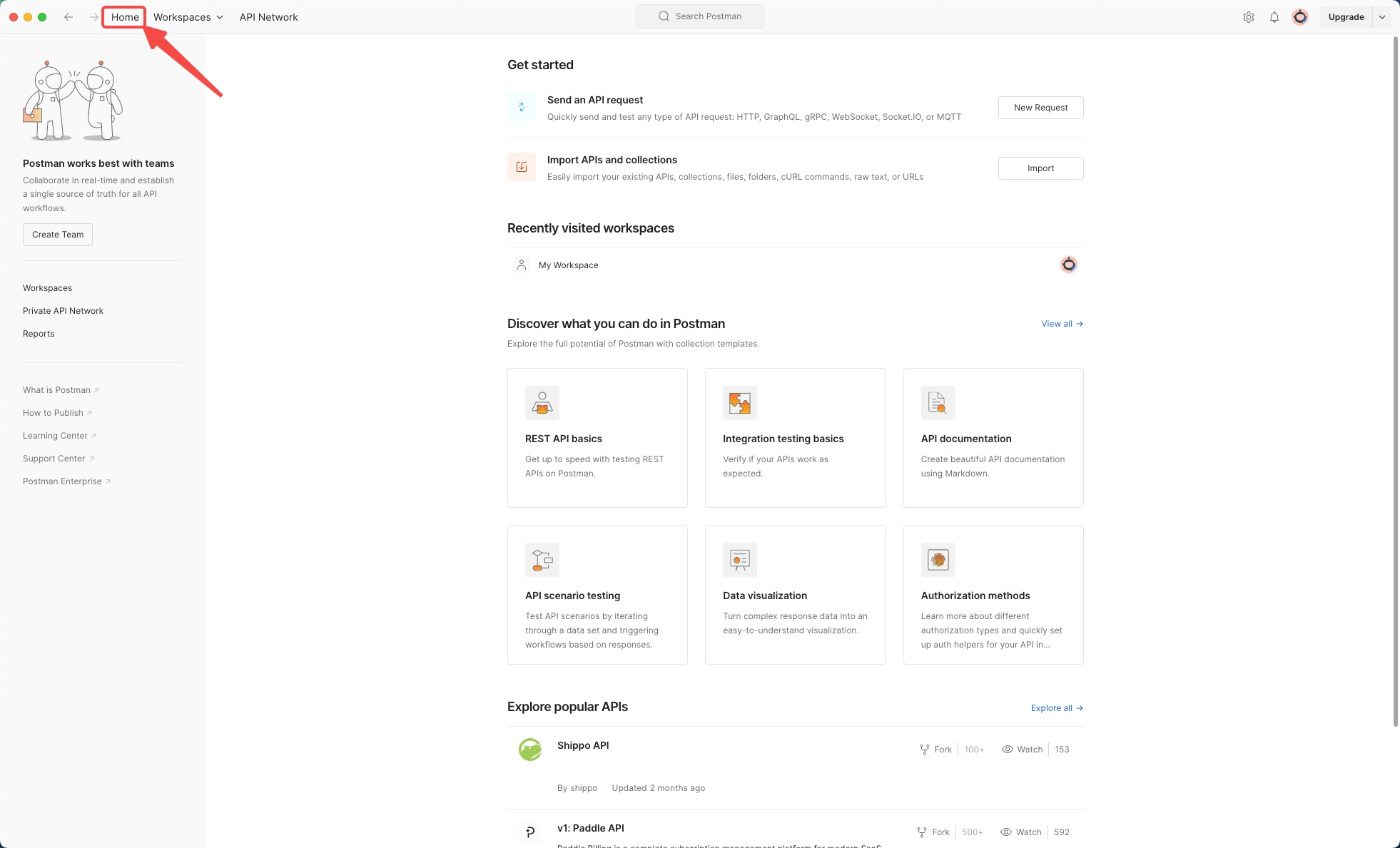
Exploring Workspaces
Transitioning to "Workspaces" and selecting "My Workspace" leads us to the core area where most of your API requests will be managed. This space acts as your personal area for developing and testing APIs in an organized manner.

Core Features of Postman Workspaces
Postman’s interface is designed to make navigation and operation straightforward. Below are the key components found within a workspace:
Collections
This feature allows developers to organize API requests into groups for better management and accessibility, facilitating smoother progress through testing phases.
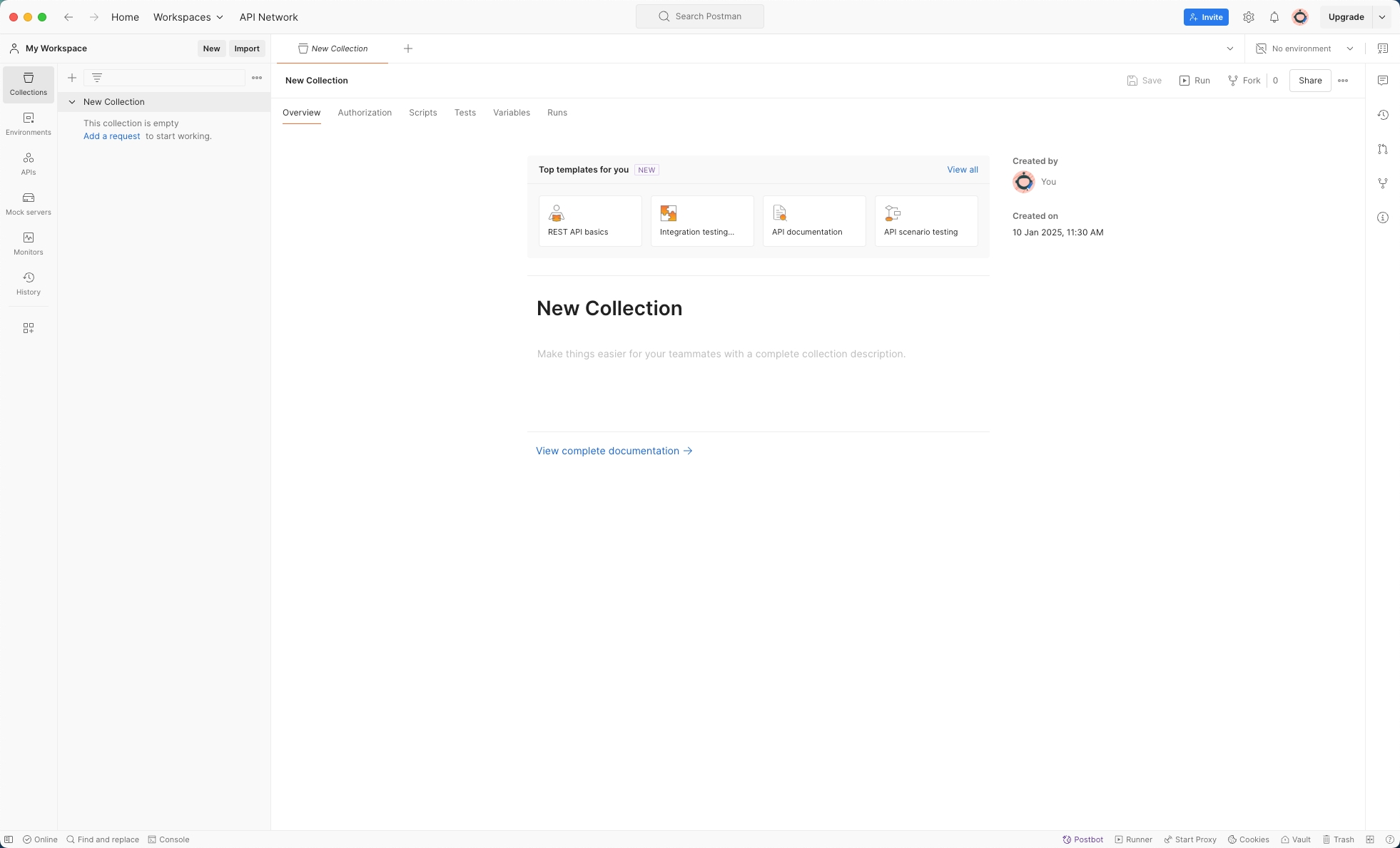
Environments
"Environments" play a critical role in managing sets of variables that simulate different application environments. This functionality is essential for customized testing without changing your actual code.
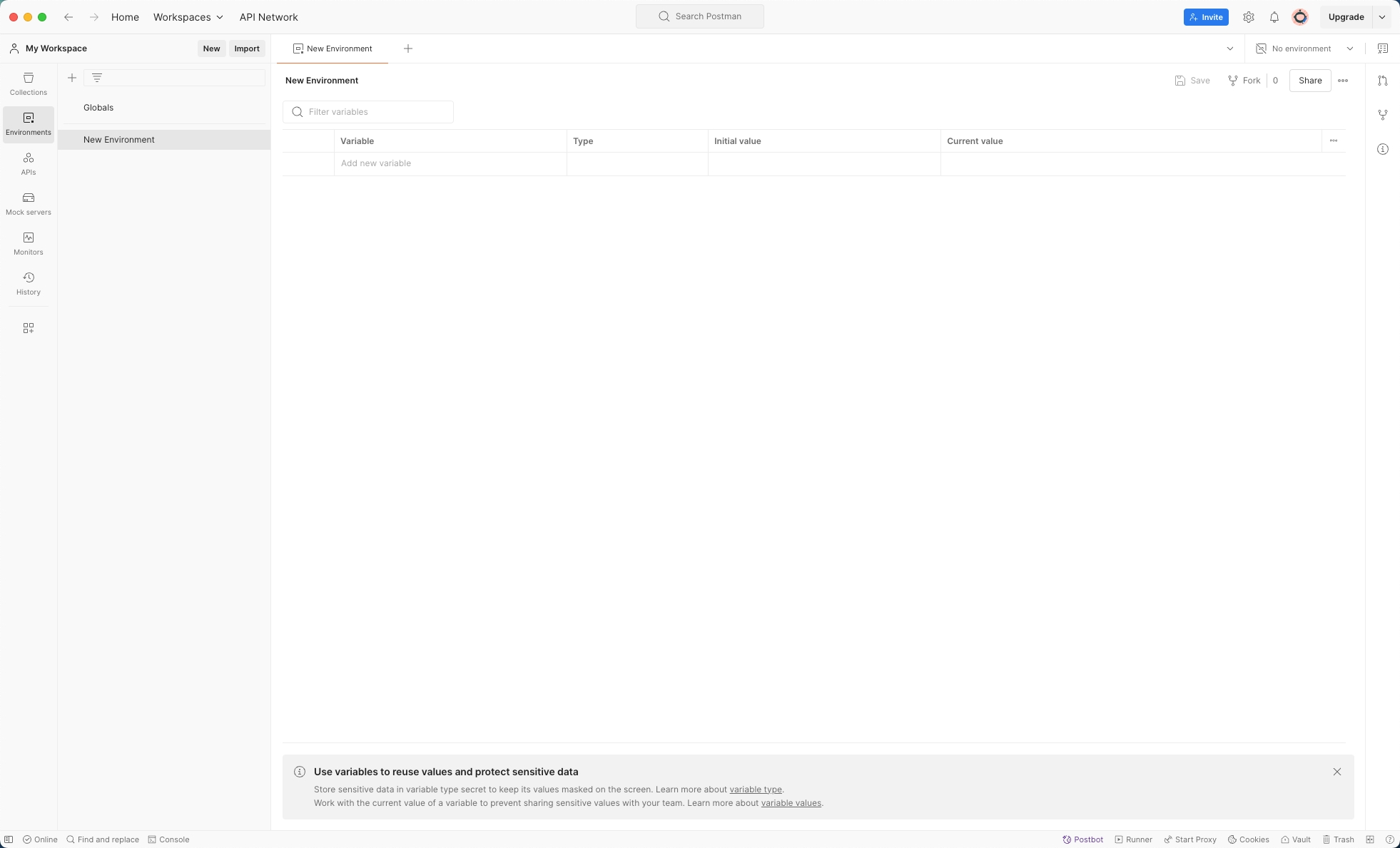
APIs
The "APIs" section serves as a repository for your raw API resources, aiding in their management and testing in a centralized location.
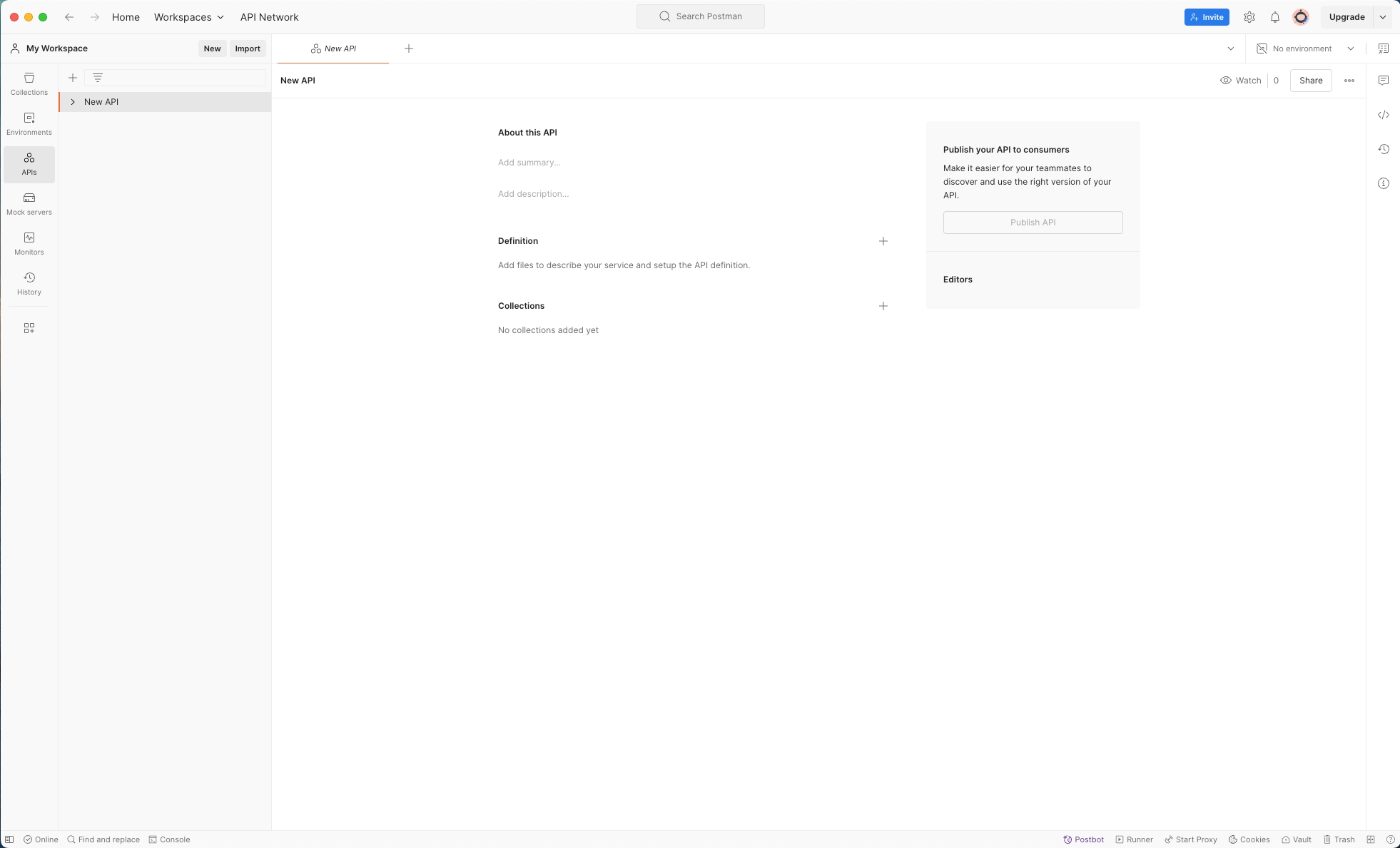
Mock Servers
"Mock Servers" are an invaluable feature for mocking the real API by creating a simulated endpoint, allowing developers to test the front-end without back-end integration.
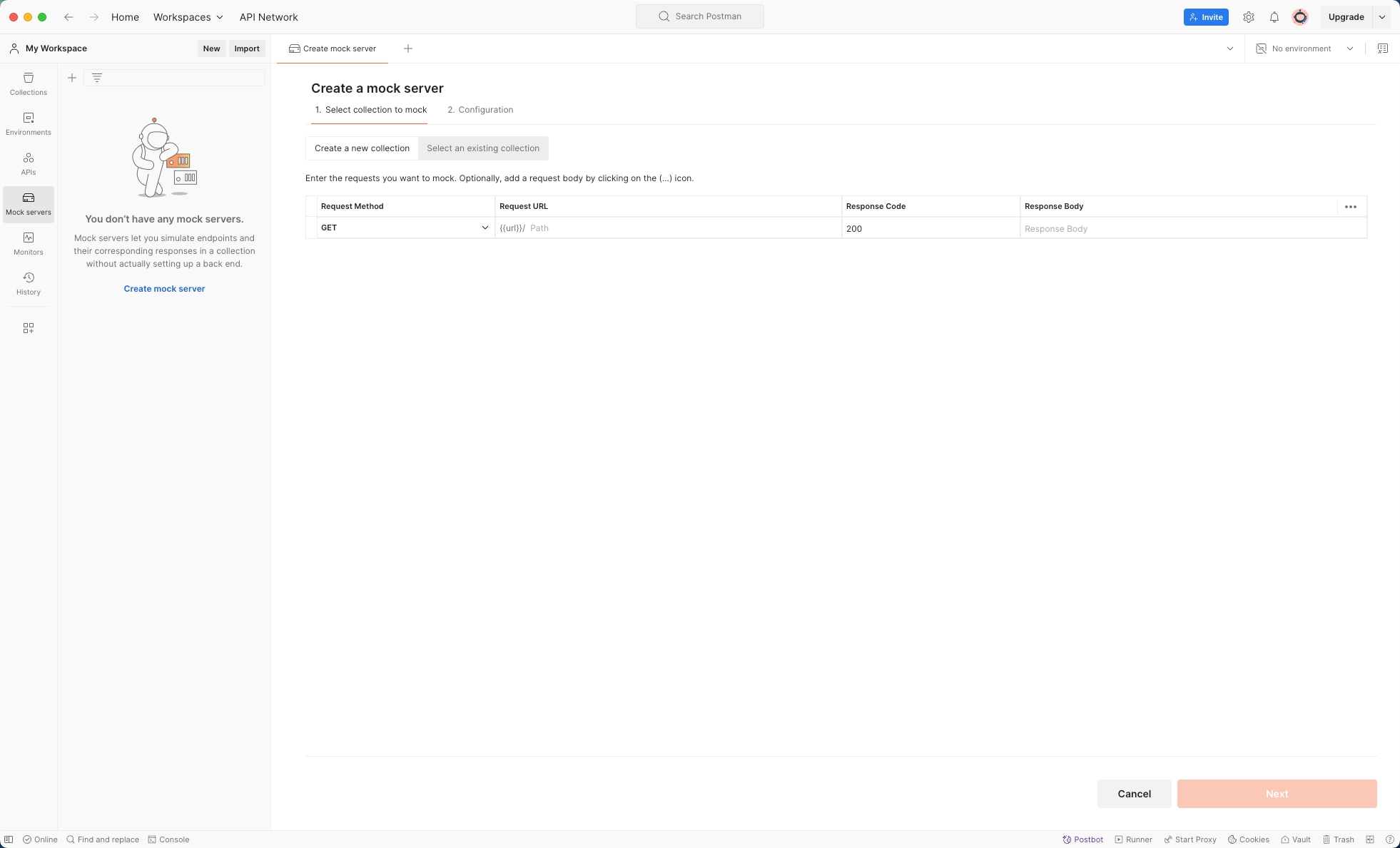
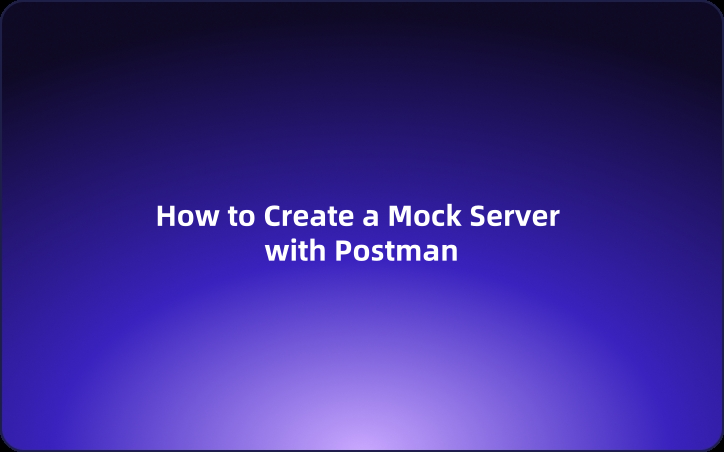
Monitors
Postman's "Monitors" help automate testing by scheduling periodic runs of your collections. This is ideal for ensuring the health and performance of your APIs over time.
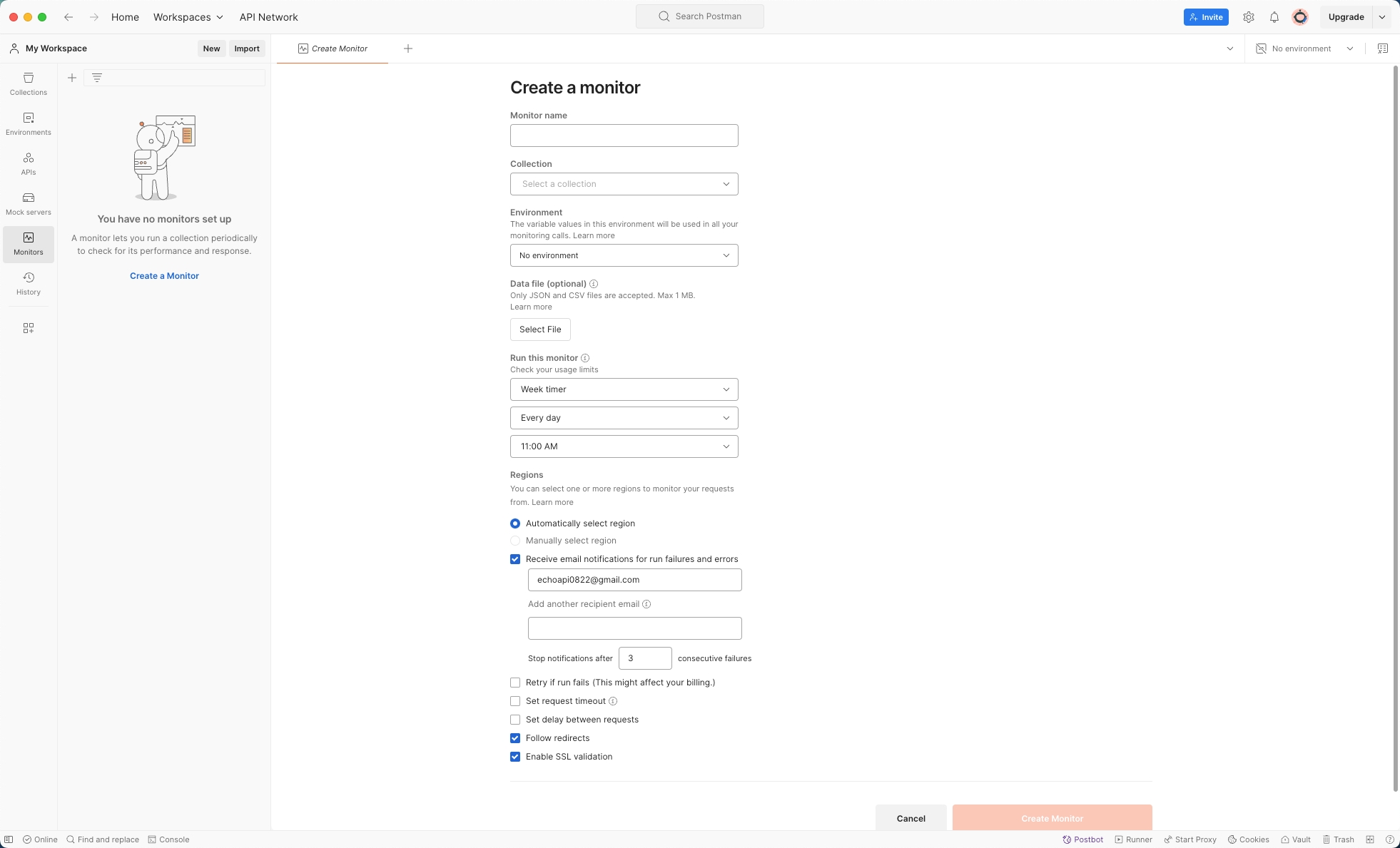
History
Access a log of your past operations in the "History" tab, which keeps track of all performed API requests for reference and debugging purposes.
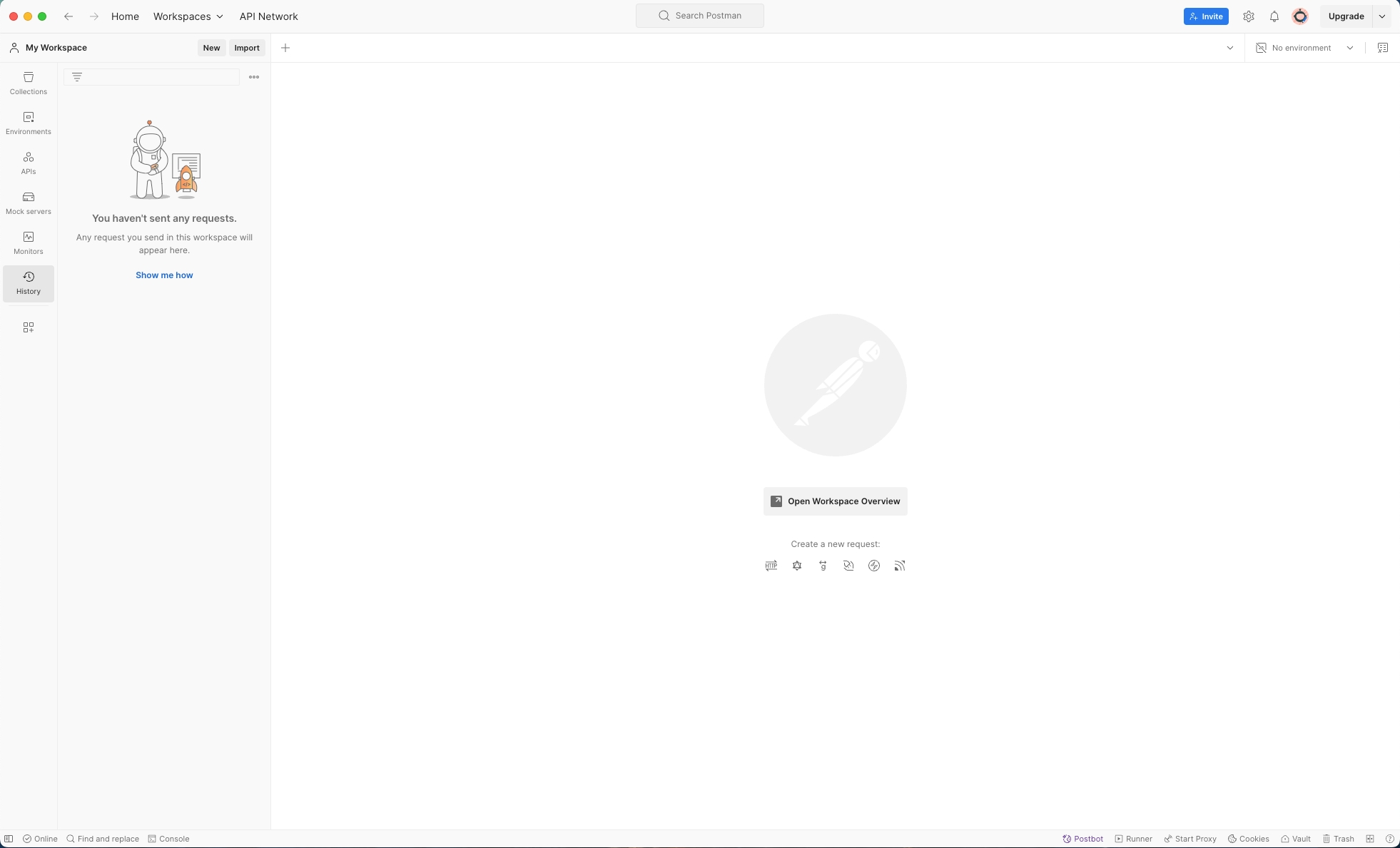
Additional Resources
API Network
Here, users can discover and connect with public APIs or explore ones shared within private or team networks, which is excellent for understanding operational APIs in various industries.
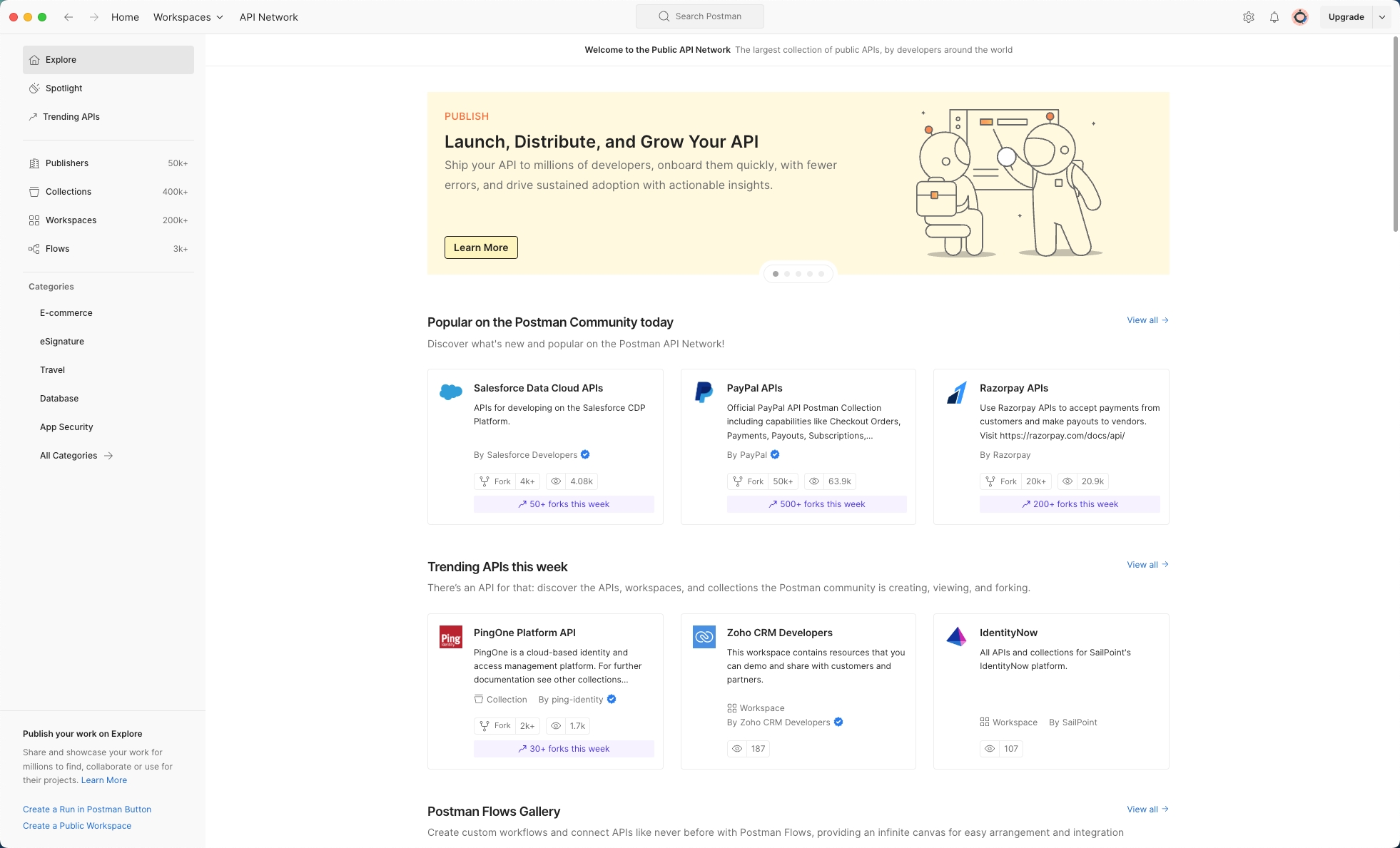
Settings
In the "Settings" section, users can configure their Postman setup, adjusting it to meet specific project or team needs. This includes things like proxy configurations, timeout settings, and more.
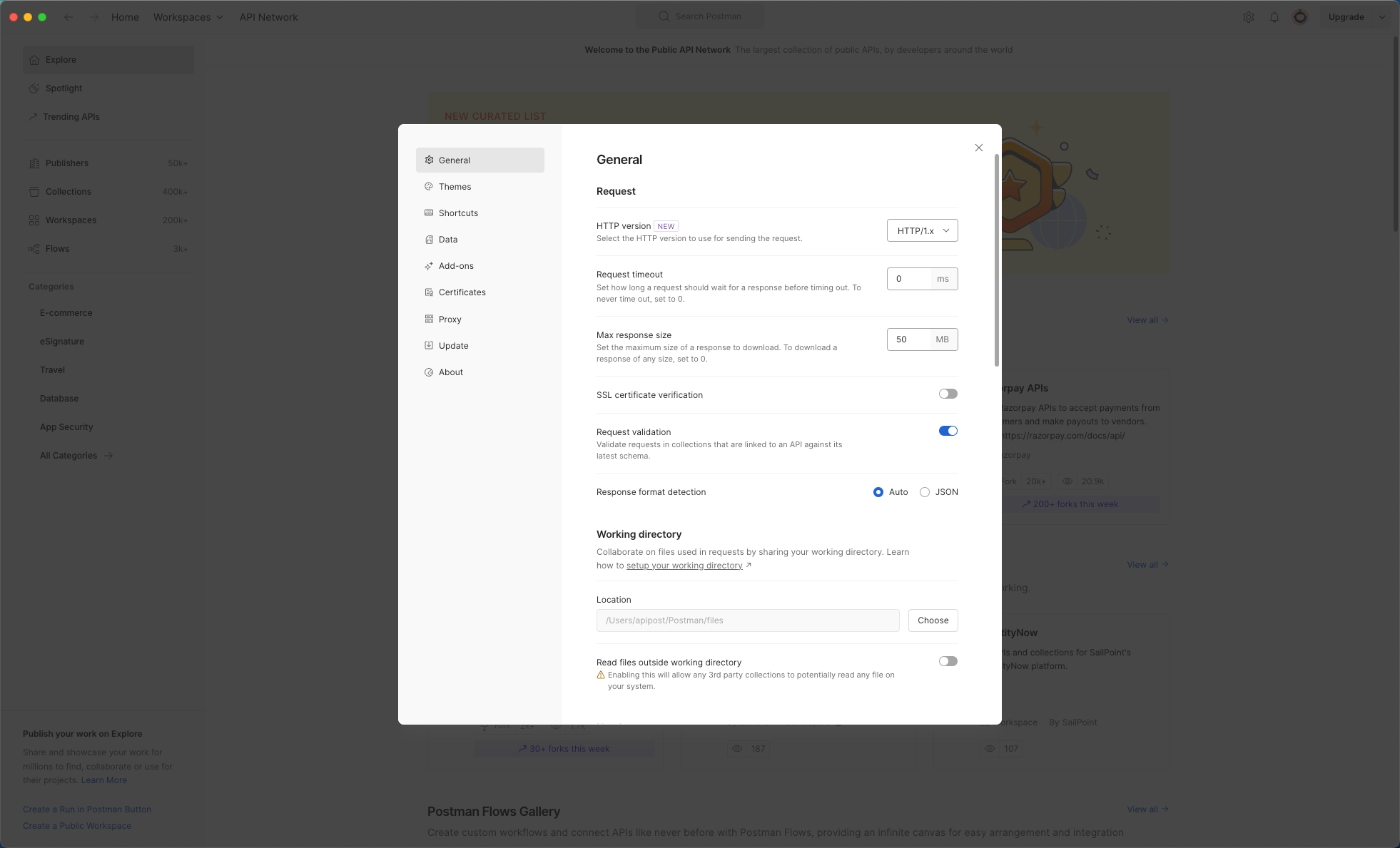
Conclusion
Understanding the layout and capabilities of Postman’s interface is crucial for developers looking to master API handling efficiently. Through this guide, you’ve gained insights into how each section can assist in developing, testing, and managing APIs seamlessly. By embracing these functionalities, developers can leverage Postman to its fullest, ensuring a streamlined workflow that boosts productivity and enhances API performance.




 EchoAPI for VS Code
EchoAPI for VS Code

 EchoAPI for IntelliJ IDEA
EchoAPI for IntelliJ IDEA

 EchoAPl-Interceptor
EchoAPl-Interceptor

 EchoAPl CLI
EchoAPl CLI
 EchoAPI Client
EchoAPI Client API Design
API Design
 API Debug
API Debug
 API Documentation
API Documentation
 Mock Server
Mock Server








